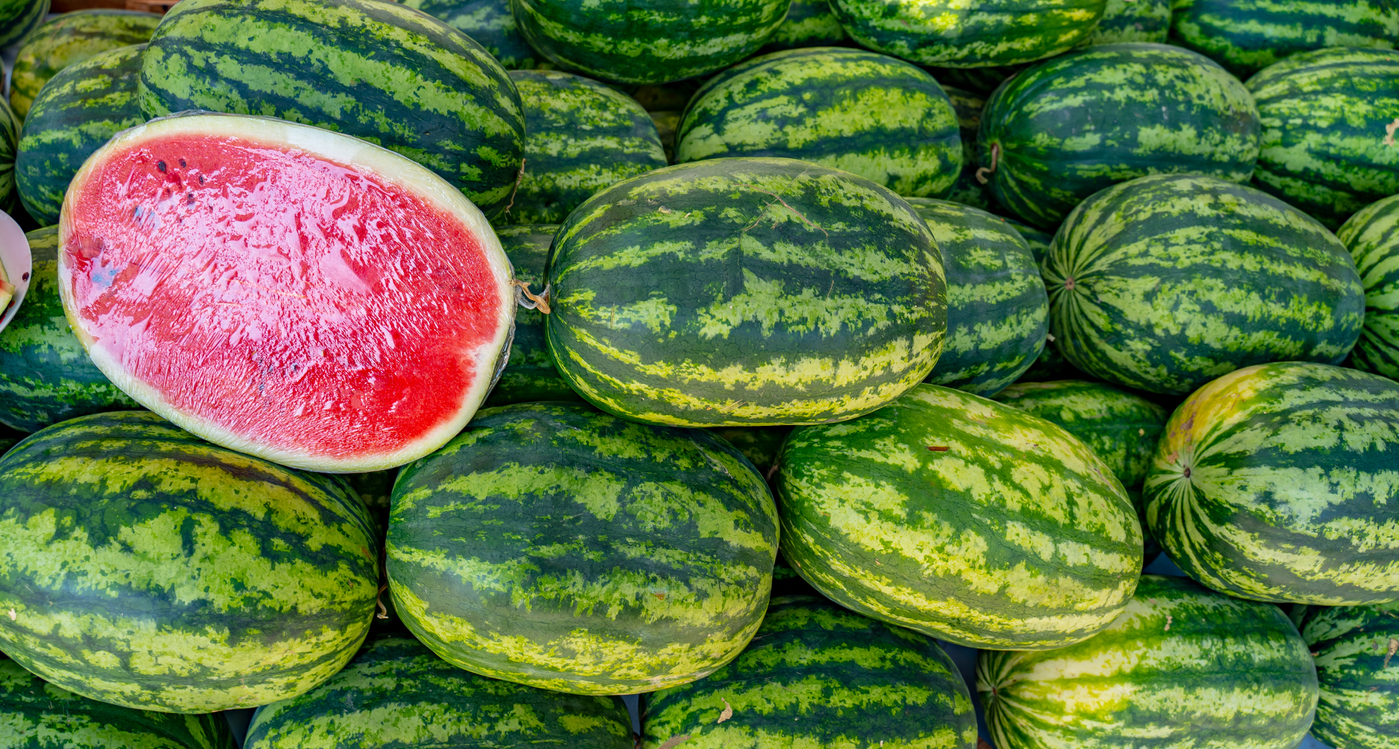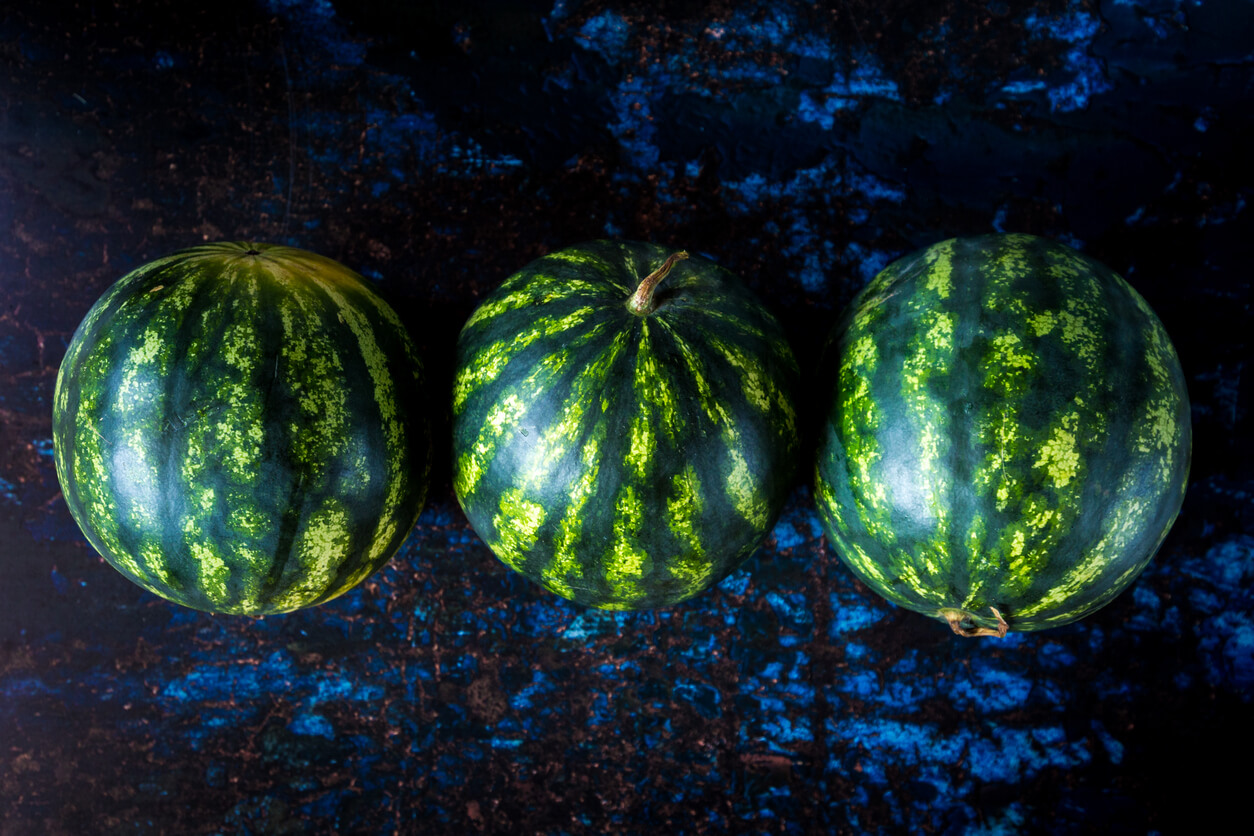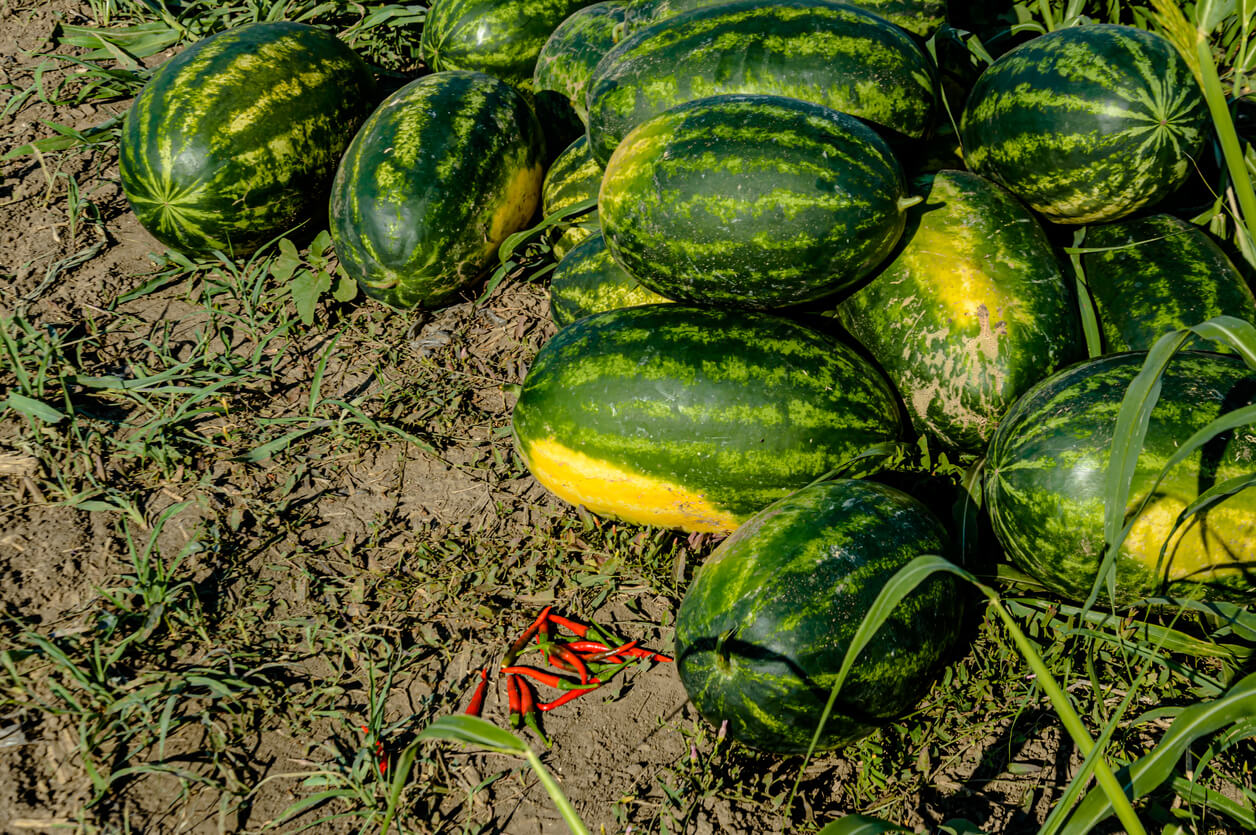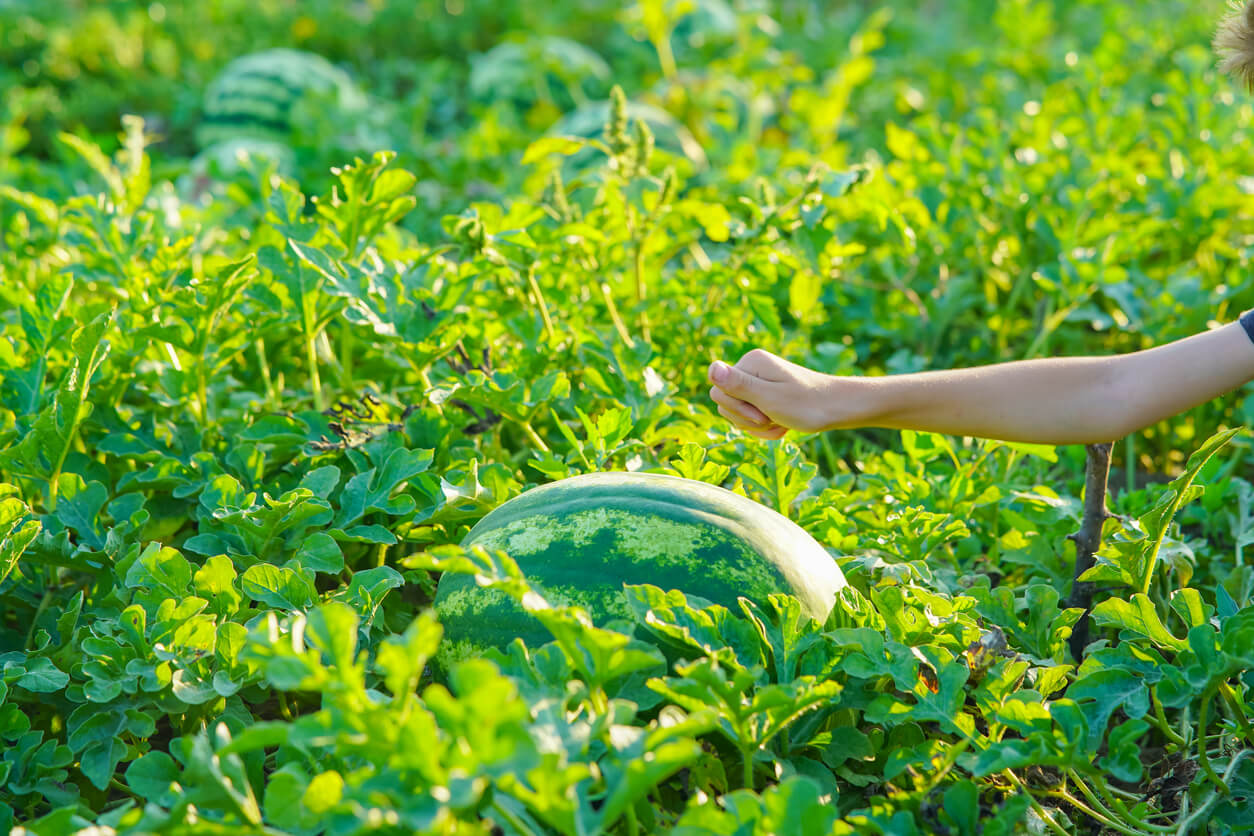
There’s nothing worse than slicing open a white watermelon, am I right? The good news is you can still make watermelon juice or watermelon lemonade out of it, but it’s just not quite the same as biting into a juicy ripe watermelon! I remember my first year growing watermelons – or rather, I’d prefer to forget because none of them ripened even into late October. I was so disappointed, thinking I had done everything right. I watered them regularly, gave them plenty of sun, and even talked to them occasionally (don’t judge me, I read that it helps!). But despite my best efforts, all I ended up with were a bunch of pale, tasteless melons.
But my second year went much better. Armed with newfound knowledge and a determination to succeed, I set out to grow the most delicious watermelons ever! I carefully selected the perfect spot in my garden, ensuring they would receive ample sunlight and have room to sprawl. I diligently monitored their progress, watching for signs of distress and adjusting my care accordingly. And when the time came to harvest, I was ready.
The first one I sacrificed, and it went to the juicer, but my second and third were the most delicious I’d ever eaten! The flesh was a deep, vibrant red, and the flavor was so sweet and refreshing that I couldn’t help but be pretty proud of myself. I enjoyed every bite, even froze slices to use as popsicles! From that moment on, I knew I had unlocked the secrets to growing the perfect watermelon. Here are the tips I took from that year and have used in the following years, based on lengthy research around picking ripe watermelons!
Signs of Watermelon Ripeness
Growing watermelons is a rewarding experience, but knowing when to harvest them for peak flavor can be a bit tricky. Picking a watermelon too early may result in a lack of sweetness, while waiting too long can lead to a mealy texture. Let’s dive into the signs of ripeness.

Tendril Health: The tendril closest to the watermelon fruit will begin to dry out and turn brown when the melon is ripe. If the tendril is still green, the watermelon needs more time to mature.

Belly Spot Color: As watermelons grow, the spot where they rest on the ground (called the “belly spot”) will change color. An unripe watermelon will have a white or pale green belly spot, while a ripe melon will have a creamy yellow or deep yellow spot.

Dull Thud: Give your watermelon a gentle tap or thump. A ripe watermelon will produce a deep, hollow sound, while an unripe melon will sound more solid and higher-pitched.

Fruit Size and Appearance: Each watermelon variety has its own expected size at maturity. Familiarize yourself with the characteristics of the variety you’re growing. Additionally, look for a smooth, dull surface on the watermelon, as a shiny appearance may indicate that it’s not yet ripe.
Harvesting Tips
- Use a sharp knife or pruning shears to cut the watermelon from the vine, leaving about an inch of stem attached to the fruit. This helps prevent rot and prolongs shelf life.
- Harvest in the morning when the melons are cool to minimize stress on the vines and fruit.
- Handle watermelons gently to avoid bruising, which can lead to early spoilage.
- If you’re unsure about a watermelon’s ripeness, consider picking one as a test. Cut it open and assess its flavor and texture. This will give you a better idea of when to harvest the remaining melons.
Five Ways to Enjoy Unripe Watermelon
So you cut into your perfectly unripe, white watermelon. Now what? Plenty!
- Watermelon Rind Pickles: Cut the white part of the watermelon rind into strips, and pickle them the same way you would cucumbers for a tangy, crunchy treat.
- Watermelon Juice: Use your juicer and you most likely won’t even need to add sweeteneer!
- Watermelon Lemonade: Replace water with your watermelon juice for a naturally sweetened drink!
- Watermelon Sorbet: You may need to add a little sugar, or maybe you won’t! Even unripe watermelon makes great sorbet!
- Watermelon Rind Smoothie: Blend unripe watermelon rind with pear, dates, and other ingredients for a refreshing and nutritious smoothie that’s perfect for breakfast or a post-workout snack.
Post-Harvest Storage
Once harvested, store your watermelons in a cool place, ideally between 50-60°F. Uncut watermelons can last for 2-3 weeks when stored properly. Once cut, refrigerate the watermelon and consume within 3-5 days.
By following these guidelines and paying close attention to the signs of watermelon ripeness, you’ll be able to harvest your watermelons at peak flavor, ensuring a sweet and satisfying summertime treat.
Do you want to start growing watermelons? Who doesn’t? Watermelon is a delicious treat and a powerful superfood! With our Wonderful Watermelon Gardening Guide, you’ll have everything you need to know about growing and enjoying this delicious fruit. You’ll get to know the history and background, and specific advice on growing, harvesting, and enjoying your hard work!
What’s your tried and true way of telling when a watermelon is ripe?


 Previous
Previous

